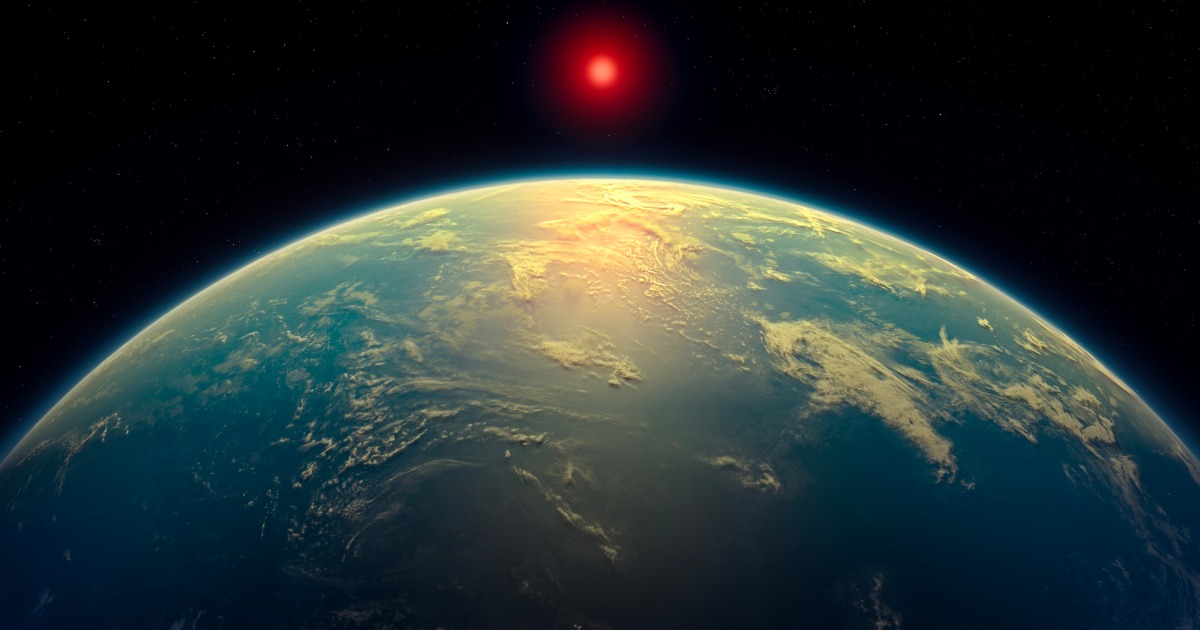
Pulsars
Pulsars are highly magnetized, rotating neutron stars that emit beams of electromagnetic radiation out of their magnetic poles. As the star rotates, the beam of radiation sweeps across the sky, much like the beam of a lighthouse. Pulsars are incredibly useful tools for studying the properties of matter under extreme conditions, such as those found in the cores of neutron stars. They are also used for navigation in space, as their precise timing can be used to determine the position of a spacecraft. Pulsars were first discovered in 1967 by Jocelyn Bell Burnell and Antony Hewish.
Your Previous Searches
Random Picks
- Nuclear Explosions: Nuclear explosions are the release of energy in an explosive manner caused by a nuclear reaction, either fission or fusion. In space and astronautical engineering, nuclear explosions have been studied for propulsion and power generation pur ... Read More >>
- Dwarf Galaxies: Dwarf galaxies are small galaxies that contain a few billion stars, much less than the Milky Way's 200-400 billion stars. They are typically found orbiting larger galaxies and are important for understanding galaxy formation and evolution. ... Read More >>
- Pumps: In space and astronautical engineering, pumps are devices used to move fluids, such as propellants, coolants, and life support fluids, through a spacecraft's systems. Pumps are critical components in spacecraft propulsion systems, including ... Read More >>
Top News

Easter's date remains divisive. Some church leaders want that to change...
Eastern and Western churches will celebrate Easter on the same day this year, while marking 1,700 years since the Council of Nicaea unified Christian doctrine...
News Source: ABC News on 2025-04-19

In a city of stars, Los Angeles astronomy club makes sure to keep looking up...
LOS ANGELES — While Los Angeles is home to the biggest stars in the world, a monthly get-together is proving that the city’s rich and famous have nothing on the universe....
News Source: NBC News on 2025-04-18

This week on "Sunday Morning" (April 20)...
A look at the features for this week's broadcast of the Emmy-winning program, hosted by Jane Pauley....
News Source: CBS News on 2025-04-17

Scientists detect strongest hints yet of life on a distant planet...
Scientists have detected unique chemical patterns similar to those produced by the Earth's algae and seaweed — raising the possibility of the presence of a warm ocean, perhaps teeming with life, on ...
News Source: NBC News on 2025-04-17

Is there life on another planet? Scientists find the strongest evidence yet...
Near a planet far, far away astronomers have found traces of chemicals that on Earth are only produced by living beings....
News Source: Al Jazeera English on 2025-04-17